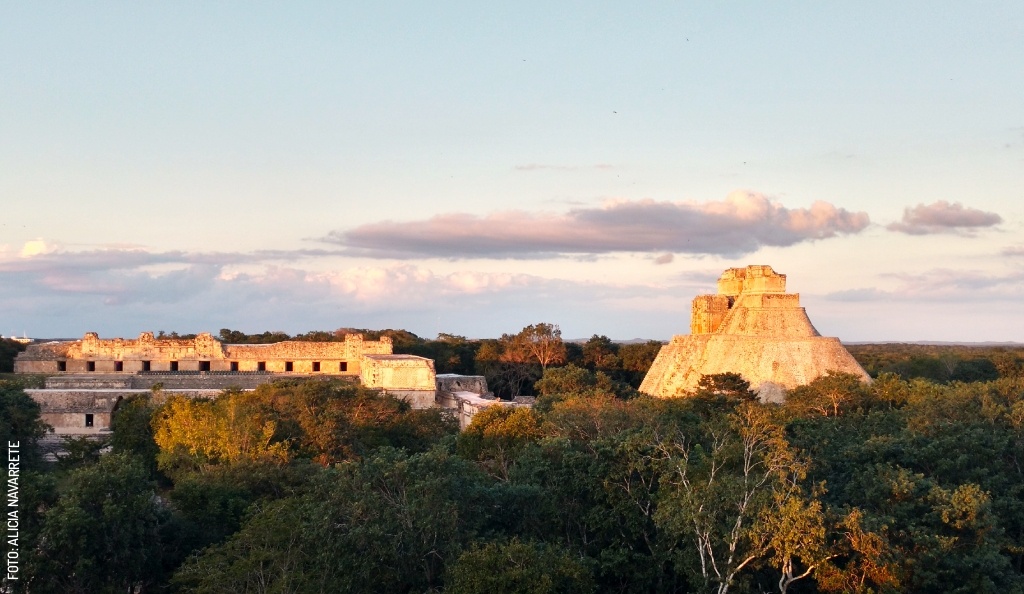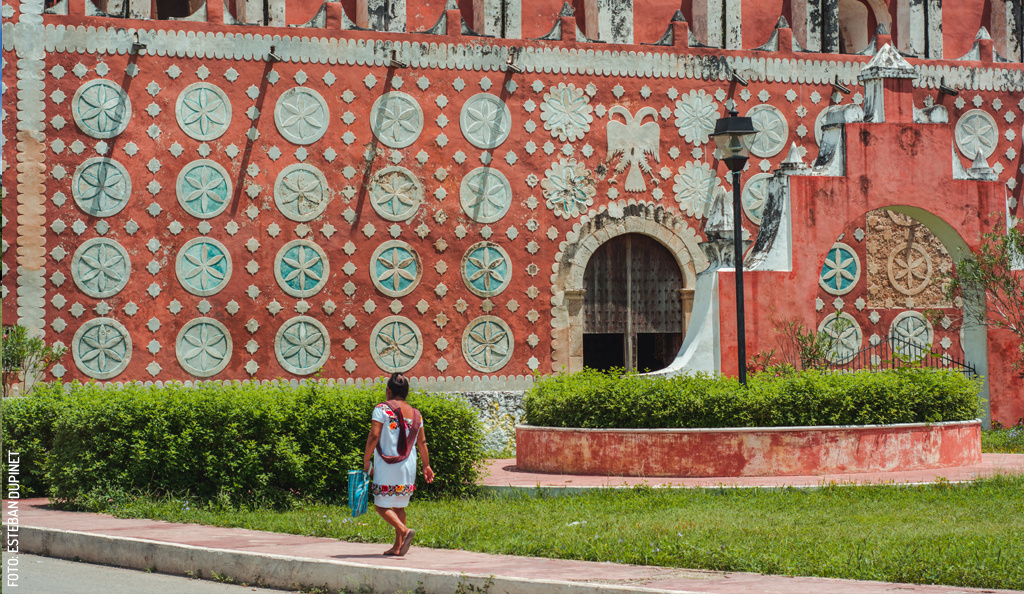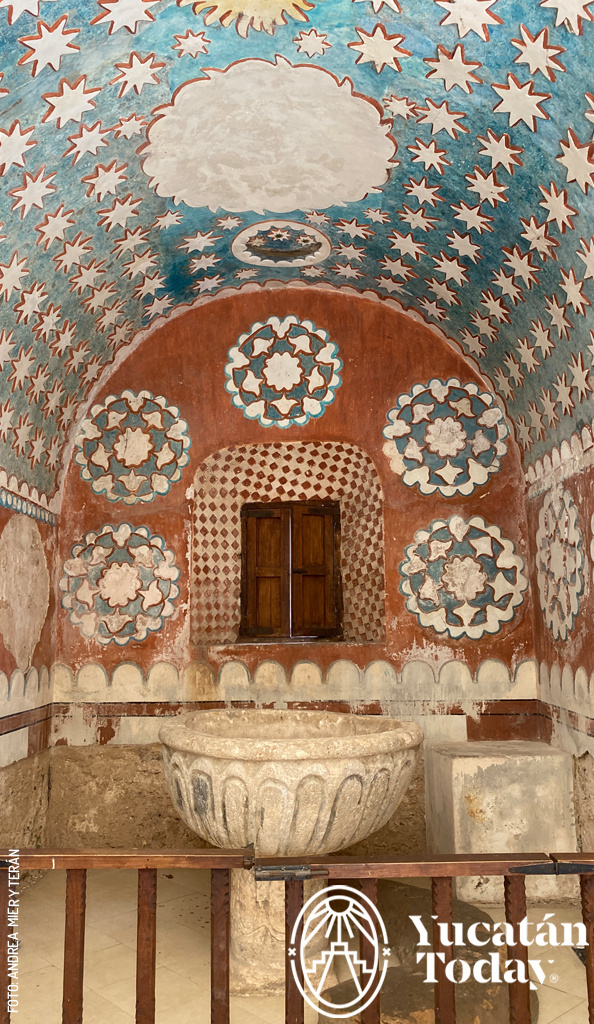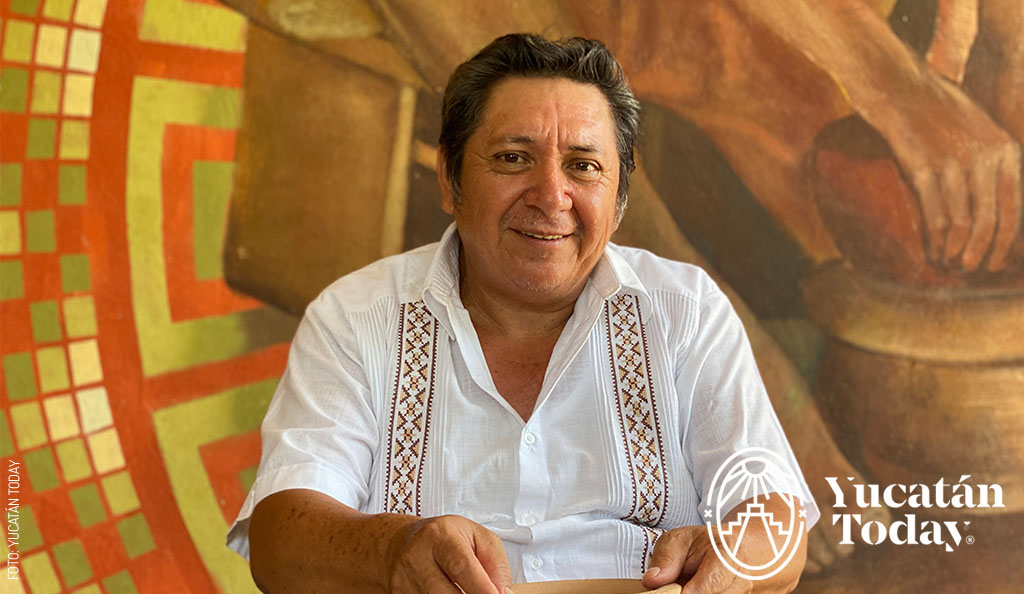There are destinations worth the journey: such is the case with Uayma, a small town located 15 km from Valladolid. It is known for its imposing and majestic church, unique in Yucatán because of its colonial characteristics. To see it and photograph it will be a highlight of your visit.
A little background
The Caste War (1847-1901) is one of Mexico’s longest-lasting and bloodiest rebellions. Not surprisingly, when the Spaniards settled here and began to practice cruel and unjust working conditions on the Maya, as well as removing the access to public lands which the Maya had used for farming, the Maya rebelled.
The situation was made worse as the success of the henequén industry grew; and the hacienda owners continued to practice the feudal system which kept the Maya workers in servitude to their masters.
After the Maya burned the church of Uayma, it remained a roofless ruin until 2003, when the repair and restoration of the church began. Restoration was completed due to the efforts of Elba Villareal de García Ponce of the private program called Adopte una Obra de Arte (Adopt a Work of Art), along with Fernando Garces Fierros, of the government's National Institute of Anthropology and History (INAH).
The Colors of Uyama
 Almost unbelievably, as the restoration process got underway, the original colors and decorations of the stamped stucco, covering both interior and exterior walls, were revealed. The amazing starbursts and rosettes, in bold and uncommon colors, give a feeling of happiness and joy, in contrast to the building’s troubled past. The building was officially reopened in November of 2004.
Almost unbelievably, as the restoration process got underway, the original colors and decorations of the stamped stucco, covering both interior and exterior walls, were revealed. The amazing starbursts and rosettes, in bold and uncommon colors, give a feeling of happiness and joy, in contrast to the building’s troubled past. The building was officially reopened in November of 2004.
The predominant red color of the buildings represents the martyrdom and sacrifice of Christ, while the green represents hope. The white stars and the roses are a reference to the worship of the Virgin Mary. There is also a headless eagle on the façade, which was a Franciscan symbol adopted during the construction, representing the Catholic union between the kingdoms of Spain and Portugal.
The Churchand former convent of Santo Domingo de Guzmán
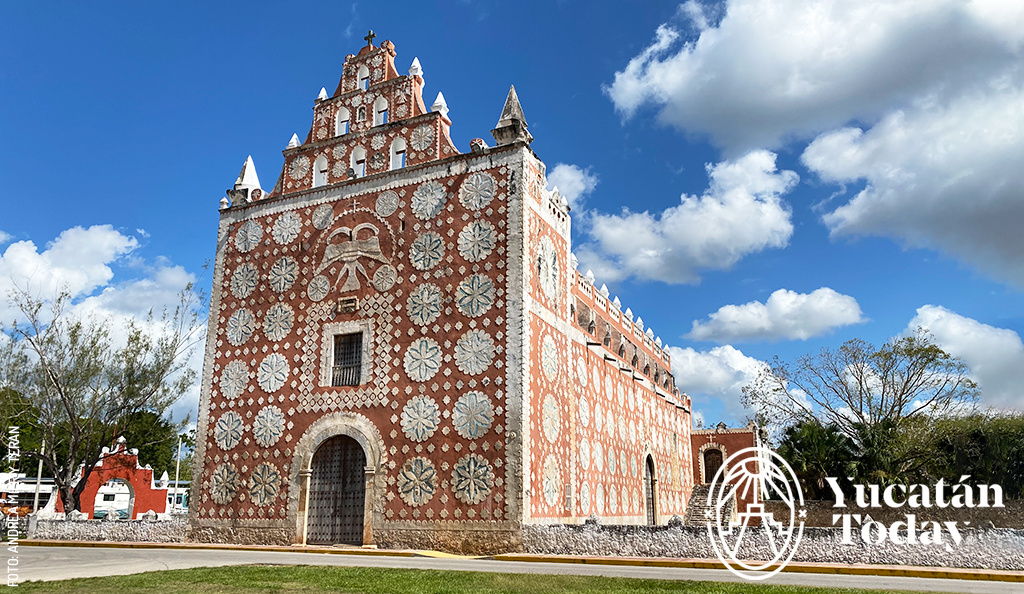 The church dazzles from wherever you look at it: its façade made of stones taken from nearby archaeological sites, its decoration of stars and rosettes in red and blue, the friezes and other unique details make it a heritage of Vice-Regal architecture in Yucatán that has managed to survive over the years.
The church dazzles from wherever you look at it: its façade made of stones taken from nearby archaeological sites, its decoration of stars and rosettes in red and blue, the friezes and other unique details make it a heritage of Vice-Regal architecture in Yucatán that has managed to survive over the years.
Take the time to observe the two-headed eagle (Austrian symbol of Spanish rule), the statue of the patron saint, and many more details. You will find symbols, Moorish influences … and above all, great ornamental beauty.
In the interior, white stars and details of roses in honor of the Virgin Mary, as well as decorative elements in arches, walls and doors, will make you exclaim “oh!” over and over.
Built around 1646 under the Franciscan order as a Marian temple, this church brings together a number of historical passages of interest. During the Caste War it was burned down as one of the acts of rebellion, destroying everything in its path.
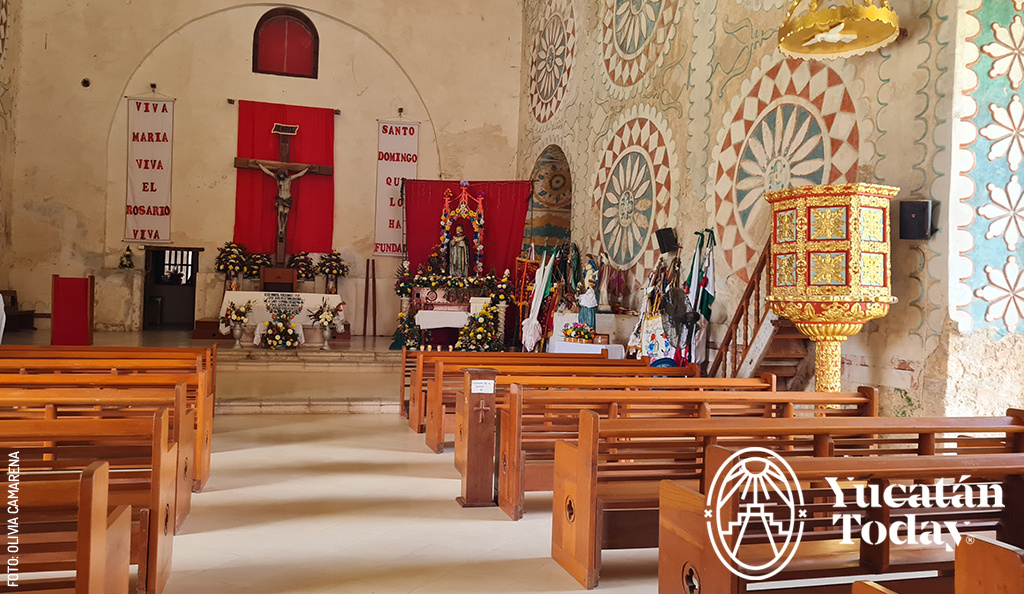 Subsequently, it was completely restored in 2005 as part of a rescue that involved civil organizations and government, who were given the task of recreating its internal and external features with great precision, thereby giving us the opportunity to discover it.
Subsequently, it was completely restored in 2005 as part of a rescue that involved civil organizations and government, who were given the task of recreating its internal and external features with great precision, thereby giving us the opportunity to discover it.
Today you can appreciate its splendor: walk through the church, see its large atrium and courtyard, the sacristy, the choir loft, the corridors and the adjoining chapel. Be sure to visit the large gardens. The experience will fill you with peace and tranquility. Today it functions as a temple in which masses and sacraments are celebrated.
Recommendations
We recommend that you start your journey through the middle of Yucatán early in the morning. On a sunny day, you will be amazed by the contrast of the colors of the façade with the blue Yucatecan sky.
Festivals
The main festivals are held during the last week of July and early August. On August 4, the various guilds meet in honor of Santo Domingo Guzmán. During these dates you can also enjoy the “vaquerías”, exhibitions, and activities that are carried out, just as the locals do
The Village
Walking through its streets, you will notice Maya houses, some modern; a mixture of past co-existing with the present. Also visit “The House of the Pianos”, a colonial courthouse that functions as a hotel. It features high ceilings, stone floors, gardens, two pianos … and a wonderful view of the temple.
Pottery by the Espadas Family
Don Emilio Espadas Dzul learned pottery from his talented aunt, Doña Juanita, who used a traditional technique. Don Emilio's family-run workshop, Najil K'at, sells exquisite handmade pottery pieces. Visitors can admire the artwork and even learn pottery-making from Don Emilio and his family. The Espadas family also offers workshops and sustainable lodging for those who want to immerse themselves in the experience.
Uayma is quiet and hospitable, with an excellent location due to its proximity to Valladolid, magical town full of history and cenotes, as well as the archaeological sites of Ek Balam and Chichén Itzá.
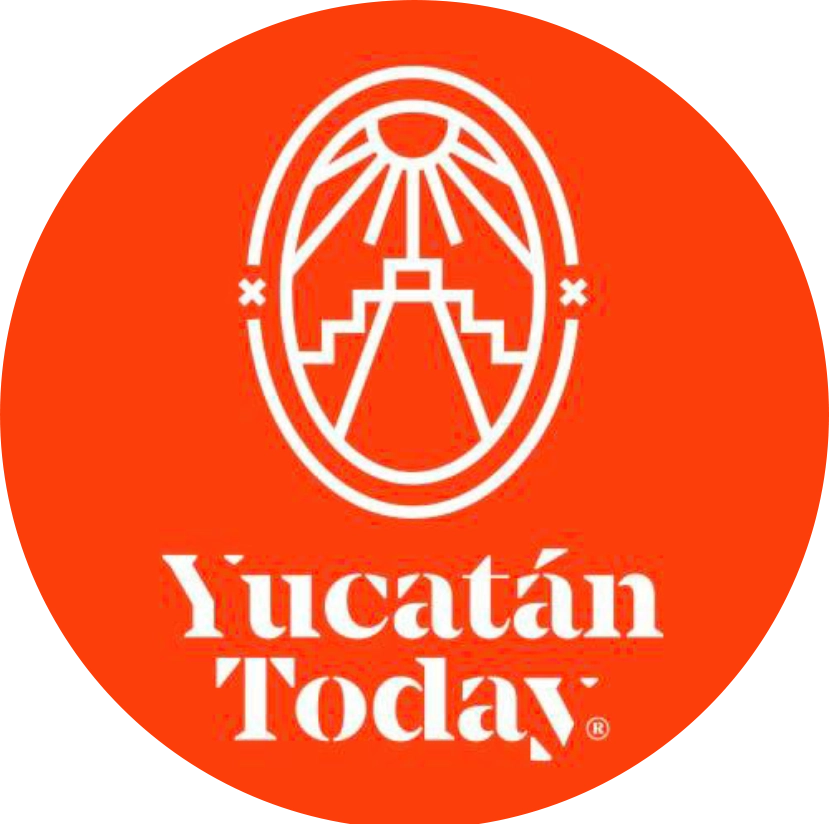
Author: Yucatán Today
Yucatán Today, the traveler's companion, has been covering Yucatán’s destinations, culture, gastronomy, and things to do for 37 years. Available in English and Spanish, it’s been featured in countless travel guides due to the quality of its content.
¡Receive the latest articles and much more from the best of Yucatán in your email!
Related articles
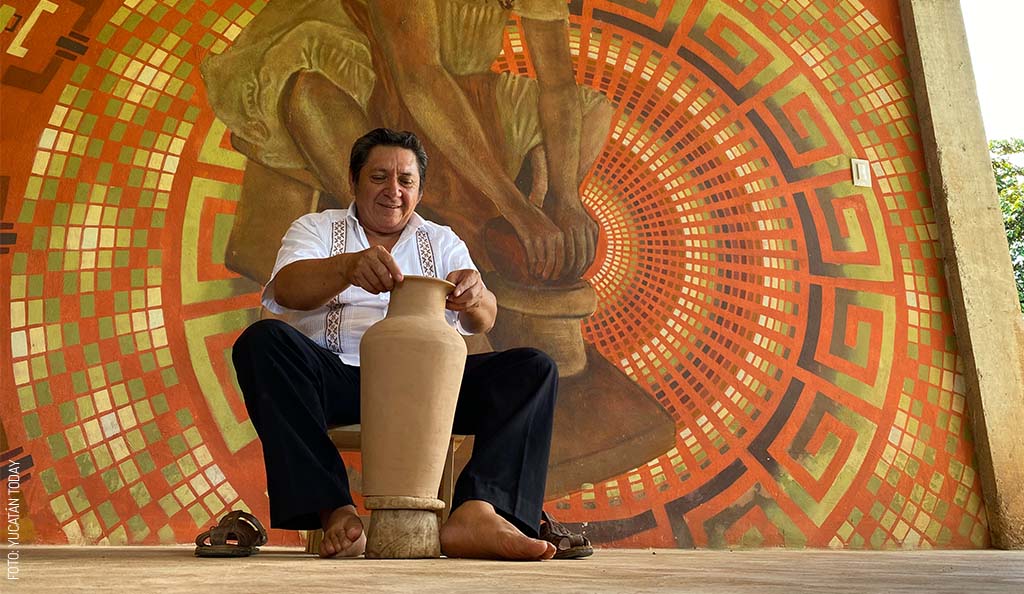
What do you know about Uayma?
What do you know about Uayma? If you can answer this question, you may think of its distinctive church and its particular look, which makes it so...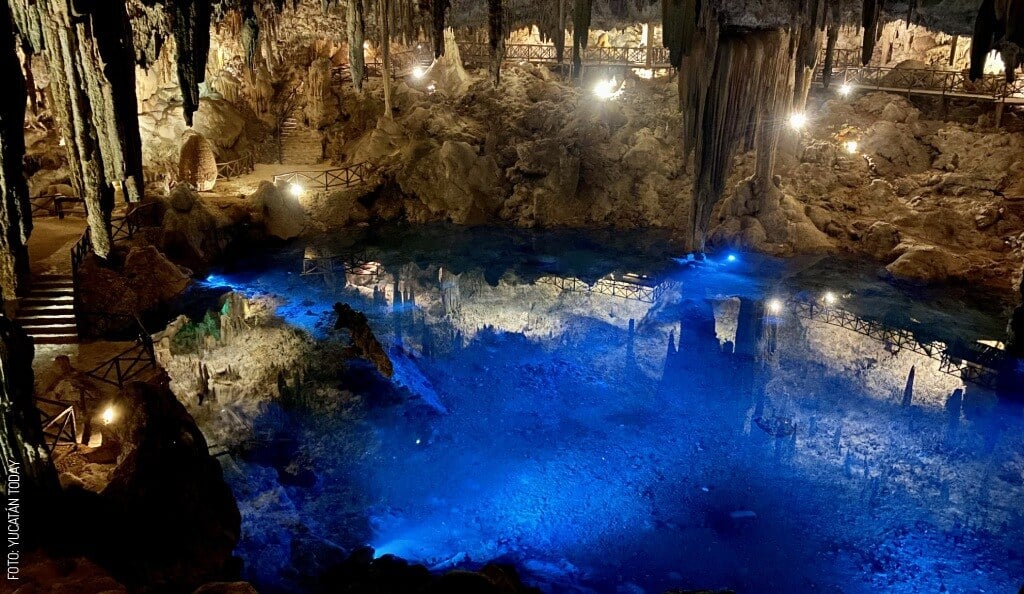
8 Routes to Choose the Perfect Cenote
Explore the ultimate guide to the perfect cenote in Yucatán with 8 curated routes. Discover hidden gems, popular spots, and adventure-filled...